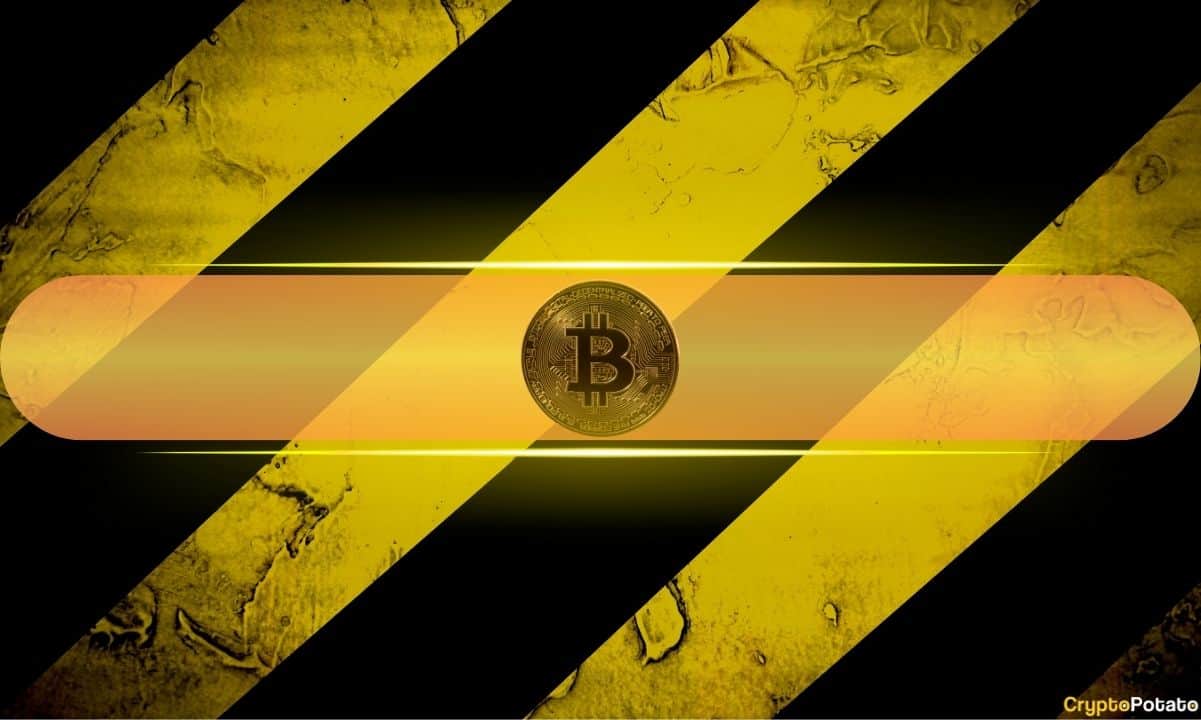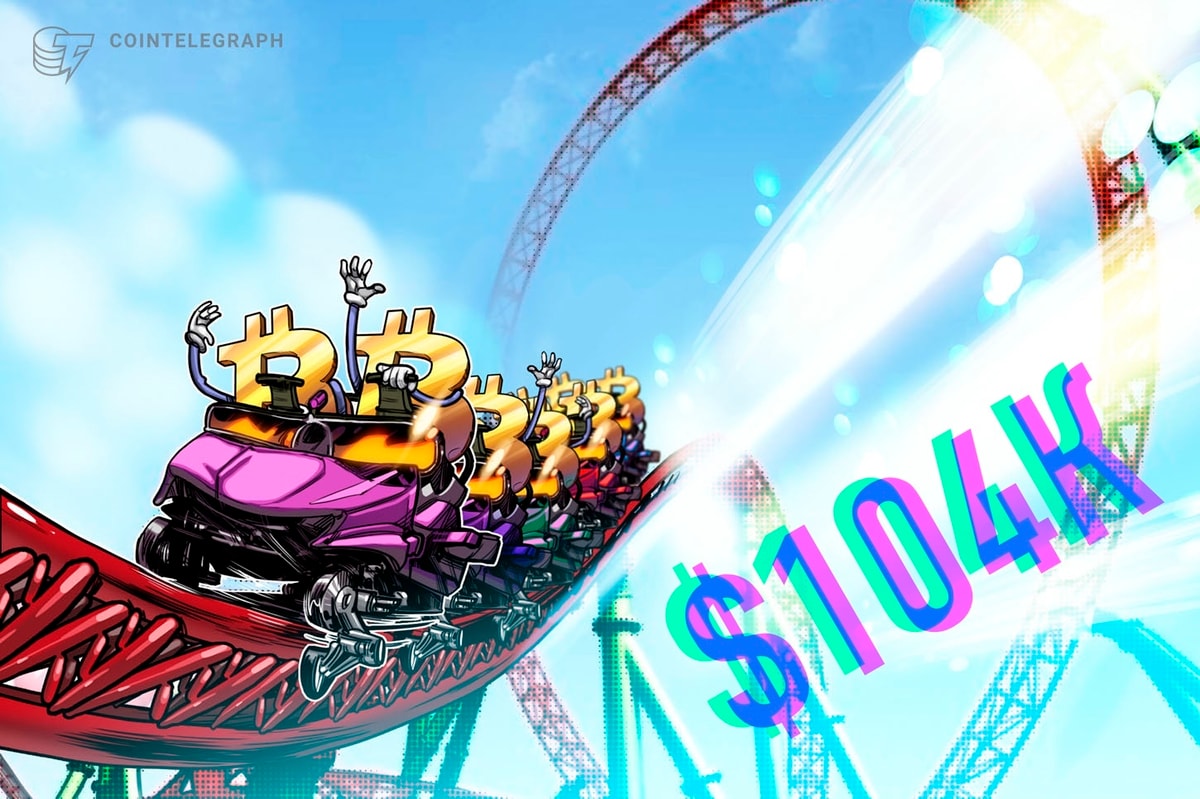Disclosure: This article does not represent investment advice. The content and materials featured on this page are for educational purposes only.
Esports and crypto are converging fast, driven by culture, community, and a shared vision of digital ownership and participation.
Esports and crypto might seem like different worlds, one rooted in gameplay, the other in finance. But both are shaped by digital communities, fast-moving cultures, and a deep sense of participation. It’s no surprise they’re starting to converge.
To explore how this convergence is unfolding, we spoke with Youngsun Shin, Head of Product and Partnerships at Flipster, a global crypto trading platform recently partnered with TALON, one of Asia’s leading esports organizations.
What emerged is a shared perspective on how identity, value, and community are evolving online, and how users are increasingly at the center of it all.
- How do you think esports and crypto are intertwining to create the future of finance and entertainment?
Both industries were born online, built by users, scaled by community, and driven by participation over passive consumption. They grew in parallel, but now their paths are converging as the lines between entertainment, finance, and digital identity blur. In esports, fans are deeply embedded in the experience, they play, stream, speculate, and support. In crypto, users don’t just trade, they contribute, validate, and govern.
This crossover is driving new models of engagement. Esports teams are launching tokens. Platforms are blending gameplay with financial tools. Value exchange is increasingly shaped by community interaction as much as by market activity.
At Flipster, we see this as a natural evolution, an alignment of values that extends beyond features or trends. We’re focused on speed and capital performance, but we also recognize that the future of finance is participatory, expressive, and culture-driven. That’s where esports fits in, not as a side channel, but as an extension of the world we’re helping to build.
- There is a natural intersection between crypto and esports with both these relatively new industries experiencing rapid growth and finding popularity among digital natives, within the same age demographic. Do you think that shared culture plays a role in why the crossover feels so natural?
It does, and it’s deeper than age or digital fluency. What connects crypto and esports is mindset, both attract people who are self-directed, fast-moving, and highly engaged. These are communities that thrive on performance, precision, and identity. They don’t wait for permission to act, they explore, experiment, and build in public. That shared culture makes crossover feel organic, not forced.
This alignment is also visible in how both scenes evolve. Memes shape markets. Discord servers form governance councils. Online handles carry more weight than real names. These are signs that digital-native culture has matured; entertainment, finance, and self-expression are no longer separate lanes but part of a shared ecosystem. Flipster exists in that space. We’re building tools for traders, yes, but also for people who view the internet as their primary canvas for action.
- Beyond the fact that these two industries share similar consumers, what are some of the deeper crossover points you see between crypto and esports?
Both industries are architecting new incentive systems. Esports has pioneered engagement through ranks, rewards, and community recognition. Crypto has done the same through tokenomics, governance, and yield mechanics. Underneath both lies a shared interest in programmable value, systems where participation translates into ownership or upside. That’s powerful. It turns users into stakeholders and spectators into contributors.
Another parallel is the way both industries disrupt traditional power structures. Esports players don’t need broadcast deals to build an audience. Crypto traders don’t need bank accounts to access global finance. In each case, infrastructure is built bottom-up.
Flipster is leaning into that, designing a platform that removes friction, respects autonomy, and rewards contribution. When you align with communities that are already building for themselves, you don’t need to insert culture, you meet it where it’s already thriving.
- Blockchain gaming is another but closely related, fast-evolving sector. What’s your perspective on its potential?
Blockchain gaming is still early, but the fundamentals are sound. The concept of true digital ownership, where players can control, trade, and even earn from in-game assets, represents a structural shift in the gaming economy. It gives value to time, skill, and creativity in a way that traditional gaming models often restrict.
When done right, blockchain gaming turns games into full-fledged economic ecosystems. And in many ways, that’s already happening. Some traditional games have thriving internal economies, people trade, speculate, and even make a living within those virtual worlds. The opportunity for blockchain is to take what already exists and bring it on-chain: to make those economies portable, transparent, and player-owned.
The challenge now is user experience. Most blockchain games haven’t yet matched the polish, speed, or gameplay quality of traditional titles. But that gap is closing fast. As infrastructure improves and developers build with players in mind, we’ll see mainstream adoption accelerate.
Flipster isn’t a game studio, but we’re deeply aligned with the principles behind blockchain gaming, real ownership, open access, and capital that works for the user. Those values will shape more than just games. They’ll define the next wave of digital culture.
- What specifically inspired Flipster to explore the world of esports? Was there a particular moment or insight that triggered this move?
We’ve always kept an eye on how digital culture moves, where people gather, how they interact, and what they value. Esports stood out because of how engaged the audiences are and how similar their behavior is to crypto users. Both are self-organized, fast-paced, and fiercely community-driven. The patterns felt familiar. When a space naturally reflects your values, that’s when you lean in.
Esports offered a space where we could integrate meaningfully, through shared language, values, and digital incentives. It was about cultural fit and building something with an audience that already understands how digital economies work.
- What made TALON the right partner for Flipster in its venture into esports?
TALON brings more than competitive success. Across multiple titles and countries, they’ve shown an ability to shape fandom, develop talent, and move with intent. That level of cultural and operational clarity stood out. It aligns closely with how we’ve grown Flipster: by staying lean, moving fast, and listening to our users.
We also saw in TALON a shared instinct to experiment. They’re not locked into static models; they’re constantly iterating on how fans interact, how players evolve, and how brands contribute meaningfully. That’s the mindset we bring to trading. We don’t just ship features, we test, adapt, and respond. TALON understands that kind of rhythm. The partnership is a strategic alignment of principles.
- How does Flipster’s community-first ethos shape your approach to partnerships like this one? What does “community-first” really mean in practice for you?
For us, community-first means designing with the user in mind at every level: features, feedback loops, and partnerships. It’s a product philosophy rooted in real use, not assumptions. Whether someone’s making their first trade or managing a portfolio full-time, the experience needs to feel personal, responsive, and relevant. We don’t build in a vacuum. Our roadmap is shaped by user behavior, user requests, and how different communities evolve online.
In that light, this partnership is a way to engage authentically with an audience that already thinks in networks and digital value. TALON’s ecosystem is active, vocal, and global. The collaboration gives us a chance to show up meaningfully, not through top-down messaging but by aligning with the rhythms and rituals of a culture that’s already digital-first. That’s where community-first begins: recognizing you’re a guest in someone else’s house, so you listen, learn, and then build something that fits.
- Skins are a huge part of gaming culture, status symbols that players invest in. NFTs offer a parallel in crypto, especially in gaming. In light of this overlap, do you see Flipster exploring activations that go beyond brand presence, for example, into digital collectibles, in-game economies, or token-based rewards?
Absolutely. Gaming and crypto are already overlapping in how people assign value to digital identity. Skins, avatars, badges, these go beyond aesthetics. They’re expressions of culture, belonging, and earned status. NFTs and token-based assets take that one step further by making ownership portable and tradeable. That opens the door to more immersive, reward-based experiences across platforms.
At Flipster, we’re paying close attention to how this cultural overlap is evolving. We’re not chasing trends for their own sake, but we are interested in how digital assets can enrich engagement and participation. Whether it’s through recognition, incentives, or creative expression, these shifts point to new ways of building emotional connection between users and platforms.
- Naming rights are a big deal in esports. What does it mean for Flipster to put its name on a team or event, and how does that fit into the bigger picture of Flipster’s vision?
Putting our name on TALON’s esports teams signals presence with purpose. We’re serious about this space and committed to contributing long-term. Flipster’s growth has always been driven by early adopters, digital communities, and platforms where cultural momentum builds fast. Esports checks all of those boxes.
This move reflects our broader vision: to build a high-performance trading platform for a generation already shaping its identity across games, markets, and online networks. We want to meet them there, with more than just a product, but through active, intentional participation.
- Why do you think Flipster could be equipped to be a cultural leader in web3?
We understand that in web3, culture moves at the speed of community. Tools and features only matter if they reflect how people want to engage, earn, and express themselves. Flipster is built to be agile, we respond to user needs quickly, adapt features to match real behavior, and speak in the same language as the communities we serve.
But beyond speed, we’re deeply intentional about how we grow. Our product decisions reflect a belief in open access, efficient capital use, and user empowerment. Culture isn’t something we bolt on. It emerges from who we build for and how we show up across channels, products, and partnerships. That’s what positions us to lead, not just through scale, but through the strength of connection we maintain with our users.
- How do you see the Flipster Talon partnership evolving over time?
This is the starting line, not the finish. Right now, the partnership brings together two high-performance brands in complementary spaces. But over time, we see it evolving into a creative lab, testing new ways to connect finance and fandom. That could mean co-branded digital assets, shared events, or product integrations designed specifically for gaming-native users.
As the relationship deepens, we might explore collaborative product experiments too. Whether it’s through tokenized fan engagement, exclusive trading experiences for TALON’s community, or co-branded tools, we see a lot of potential to push the edges of what fan participation and financial empowerment can look like together.
- And lastly, if you were able to influence the future of both industries, esports and crypto, what would you like to see them become in the future?
We’d like to see both industries continue building toward openness, creativity, and user agency. Esports and crypto communities thrive on participation, people want to shape what they use, not just consume it. That mindset drives relevance. It’s where the best innovation comes from, when the crowd has a voice and the tech responds to real needs.
We imagine a future where your digital achievements have cross-platform value, and where users move seamlessly between play and finance without friction. Both industries have the infrastructure and user base to build this reality, it just takes vision, execution, and a commitment to keeping users at the center.
To sum up
As the lines between finance, play, and identity continue to blur, crypto and esports are finding common ground in how people choose to participate online. Both reward initiative, celebrate community, and reflect a new kind of digital culture, one that’s fast, expressive, and user-led.
Through Flipster’s collaboration with TALON, we’re seeing just one example of how these spaces can come together, not as a trend, but as a reflection of how people already live and interact online.
As Youngsun puts it: “This is the starting line, not the finish.”
To learn more about Flipster, visit their website at flipster.io or follow them on X.
Disclosure: This content is provided by a third party. crypto.news does not endorse any product mentioned on this page. Users must do their own research before taking any actions related to the company.

















 English (US) ·
English (US) ·